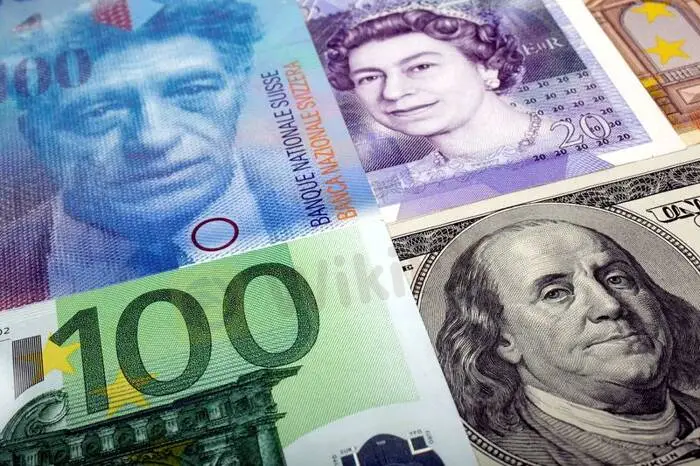简体中文
繁體中文
English
Pусский
日本語
ภาษาไทย
Tiếng Việt
Bahasa Indonesia
Español
हिन्दी
Filippiiniläinen
Français
Deutsch
Português
Türkçe
한국어
العربية
Dollar on track for best year since 2015
Abstract:The dollar and yen were at the low end of their recent ranges in thin holiday trading on Thursday, having fallen overnight as investors favoured riskier currencies along with equities.
The dollar index dipped on Friday in quiet holiday trading, but was set to end 2021 with a gain of nearly 7% as investors bet the U.S. Federal Reserve will raise rates earlier than most other major economies amid surging inflation driven by COVID-19 stimulus initiatives.
The dollar index, which measures the greenback against six major rivals, was down 0.289% at 95.729.
(Graphic: world currencies versus the dollar in 2021 https://tmsnrt.rs/2egbfVh))
Set for its best year since 2015, the dollar has been supported by an improving U.S. economy and persistent inflation that led to a hawkish turn by the Fed, which is now expected to begin raising interest rates as early as March. [FEDWATCH]
The best performer of the major currencies against the dollar in 2021 was the Canadian dollar, which was around flat for the year, helped by expectations the Bank of Canada will begin tightening its monetary policy as soon as January.
The worst performer versus the greenback among the majors was the Japanese yen, which is down around 10% this year.
The euro, which makes up the biggest weighting in the dollar index, was down a little more than 7% in 2021, with the European Central Bank (ECB) “sticking to ultra-dovish monetary policy settings while the Fed accelerates its taper and looks to hiking,” analysts at Scotiabank said in a note to clients.
“We see continued weakening in the shared currency next year to the 1.10 mark and likely beyond as headwinds remain firmly in place, where only the (highly unlikely) chance that the ECB hikes in late-2022/early-2023 possibly providing some support,” they said.
The euro was down around 6% on the year versus sterling, as easing concerns in Britain about the economic impact of the pandemic boosted the British currency, with analysts expecting more rate rises from the Bank of England in 2022.
While sterling was at its highest level against the euro since February 2020, it was down a little over 1% against the dollar for the year.
The biggest laggard of the year by far, while not considered a major currency, was the Turkish lira, which was down around 44% against the dollar in its worst year in two decades, battered by soaring inflation and the Turkish governments unorthodox monetary policy.
On Friday, the euro was up 0.33% at $1.1362.
Sterling was up 0.21% at $1.3527.
The yen was down 0.03% at 115.075 per dollar.
The Turkish lira was up 0.98% at 13.1835 per dollar.
In cryptocurrencies, bitcoin was up 1.66% at $47,931.97, and was set to end the year with a gain of around 65%, but well off its November peak of $69,000.
(Editing by Jason Neely)

Disclaimer:
The views in this article only represent the author's personal views, and do not constitute investment advice on this platform. This platform does not guarantee the accuracy, completeness and timeliness of the information in the article, and will not be liable for any loss caused by the use of or reliance on the information in the article.
WikiFX Broker
Latest News
Volkswagen agrees deal to avoid Germany plant closures
Geopolitical Events: What They Are & Their Impact?
Top 10 Trading Indicators Every Forex Trader Should Know
WikiEXPO Global Expert Interview: Simone Martin—— Exploring Financial Regulation Change
TradingView Launches Liquidity Analysis Tool DEX Screener
MultiBank Group Wins Big at Traders Fair Hong Kong 2024
'Young investors make investment decisions impulsively to keep up with current trends' FCA Reveals
Why Do You Feel Scared During Trade Execution?
CySEC Settles Compliance Case with Fxview Operator Charlgate Ltd
Malaysian Influencer Detained in Taiwan Over Alleged Role in Fraud Scheme
Currency Calculator


